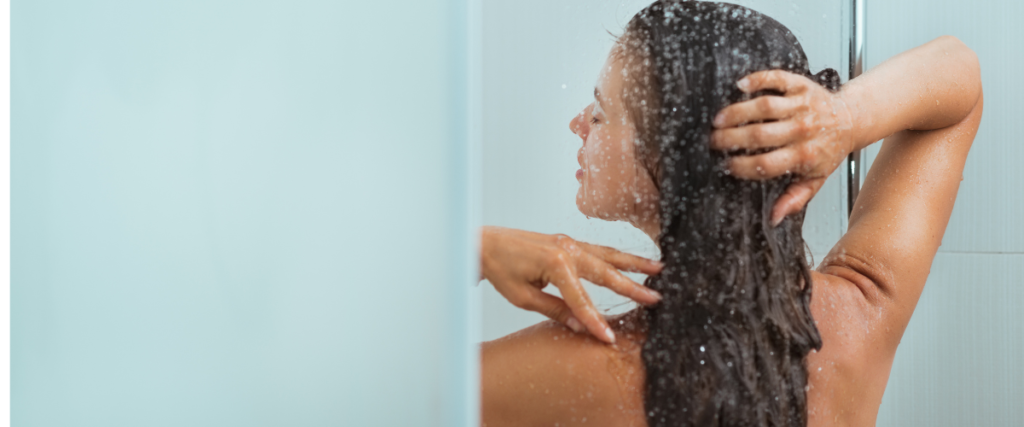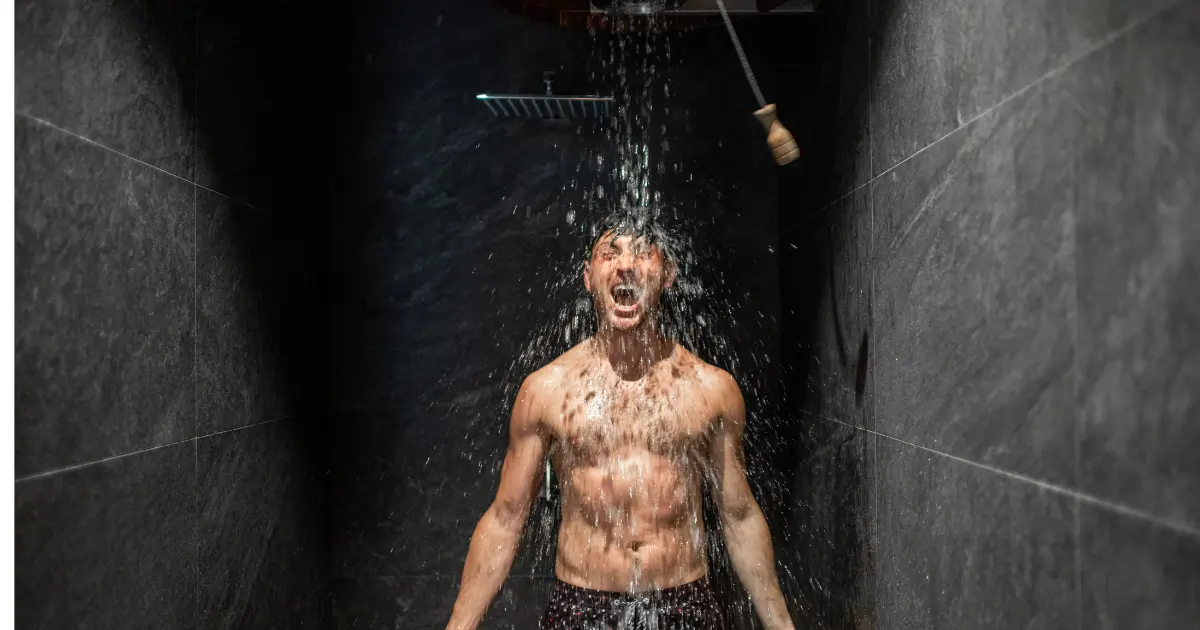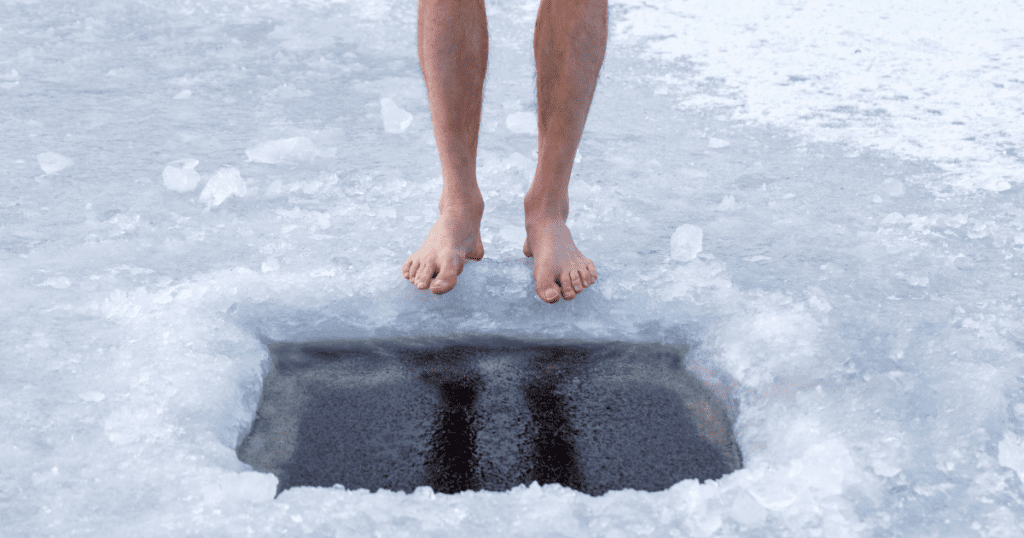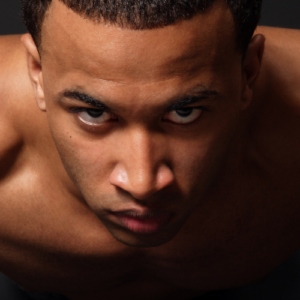
How to Take a Cold Shower For Maximum Health Benefits
This post is all about how to take a cold shower to maximize physical and mental health benefits.
If you are on social media, chances are you have come across the recent hype surrounding the term “Cryotherapy”: a therapeutic technique that uses extremely cold temperatures for physical and mental health benefits.
Cryotherapy treatments include cold plunges or cold water immersion (CWI), ice bathing and whole-body cryotherapy chambers (using cold air)–all which have been proven effective for enhanced physical and mental health.
Although some believe that full body submersion into cold water or air may be best practice, many of us do not have the time, money or space to incorporate it into our daily lives.
The good news is that there is a much simpler, more cost effective and convenient way to achieve the same benefits. A good old fashioned- cold shower.
In this guide, we will dive deep into how to take a cold shower and why you should really be incorporating cold showers into your every day routine.
How to Take a Cold Shower to Maximize the Benefits

The list of physical and mental benefits for cold water therapy is without a doubt impressive. From decreased inflammation to a release of dopamine with a mental “high”, this practice can aid with a variety of mental and physical challenges you might be facing.
But let’s face it, cold showers are uncomfortable and are still a practice most people refuse to ever try. Getting motivated to actually step into the shower is more than half the battle.
So how can we make cold showers more tolerable?
1.) Start Slow
Start with your regular warm temperature shower. Turn to cold for 30 seconds—then back to warm.
At your next shower, increase the time by 30 seconds.
Eventually, after receiving the initial “cold high”, you should have enough motivation to increase the cold time at your next shower.
2.) Go All In
The second option is like ripping off a band-aid: jump in and don’t look back.
According to researchers, it is recommended to work up to a 5-10 minute cold shower 3-4x per week for ultimate benefits.
How Cold Should the Water Be?
Although most people are not going to test the temperature of their shower water, research studies have found the most benefit when the water is between 50-60 degrees Fahrenheit (10-15 degrees Celsius).
A good rule of thumb is to go off of the feeling, not so much the actual temperature. It should feel uncomfortable and you should want to get out, but you do not want it too cold to where it is unsafe to stay in.
Depending on where you live, the water temperature will vary with the time of year.
If you live somewhere where your water does not get to the desired temperature, you may have better luck filling your bathtub and adding ice.
Tips For Making it Through
1.) Don’t Go Too Cold, Too Quickly
If you are not the “rip it off like a band-aid” type of person, don’t push yourself.
Take things slow and increase your cold water exposure time at each shower.
This will make the transition to cold showers much smoother and will give you a better chance for commitment.
2.) Practice Breathing Techniques
The initial shock of the cold water will alter your breathing.
You may even feel the urge to yell or breathe even faster.
Remember to stay calm and intently focus on breathing at a normal rate.
3.) Distract Yourself
Turn on your favorite music, a podcast or audiobook while taking the cold shower.
Diverting your attention elsewhere will make it easier to endure a colder shower for longer.
4.) Hold Yourself Accountable
It would be so easy to wake up one morning and give up on cold showers.
If you are in the phase of increasing your cold exposure time, don’t let yourself down!
Make the commitment for your health and then keep it.
Remember- the uncomfortable feeling is in your head. It is a mindset.
You have the ability to talk yourself through it.
As you continue to take these cold showers, your body will accustom to the sensation which will make it easier each time.
***It is important to note that if you have a heart condition, it is important to check with your physician before trying cold showers, cold plunges or cryotherapy due to the significant temperature shifts. The vasoconstriction and vasodilation of your blood vessels can affect your blood pressure.
*DISCLAIMER*
All of the information in this post is based on my true and original experiences and extensive research from multiple sources.
I am a registered nurse, but I am not a medical doctor and none of the information in this post constitutes for medical advice in any way.
All diet and/or lifestyle decisions you make based on the information in this post should be discussed and approved by your doctor beforehand.
References:
https://www.ncbi.nlm.nih.gov/pmc/articles/PMC9518606/
https://plunge.com/blogs/blog/cold-therapy-before-bed-sleep
https://www.wimhofmethod.com/brown-fat
https://pubmed.ncbi.nlm.nih.gov/17993252/
https://pubmed.ncbi.nlm.nih.gov/10751106/
https://www.ncbi.nlm.nih.gov/pmc/articles/PMC6492480/
https://www.medicalsaunas.com/blog/the-science-behind-cold-plunge-therapy-how-it-works.php
https://link.springer.com/article/10.1007/s004210050065
https://www.sciencedirect.com/science/article/abs/pii/S030698770700566X?via%3Dihub






Cold therapy changed my life!